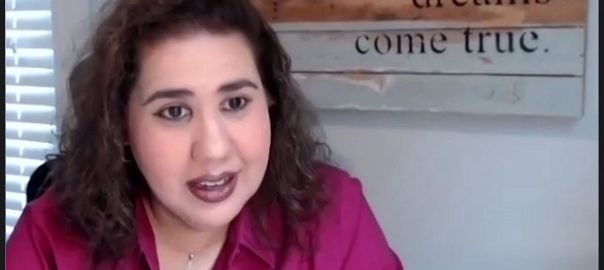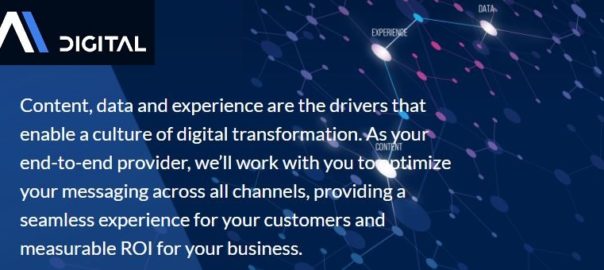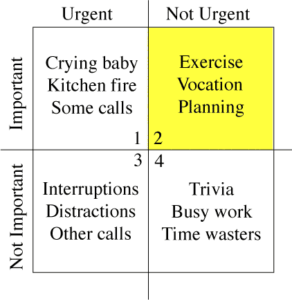Late last year I was entering a time of transition. My job of 10 years became a casualty of Covid, and I was forced to take stock and decide where I wanted to go next. Elvira Chang helped me without even realizing it. All this through a single, getting-to-know you remote conversation.
Her skill appears to be asking the right questions while being disarmingly matter-of-fact. That, and understanding the business world from 15 years as a corporate product manager.
I was also intrigued to learn she is a Gallup Certified Strengths Coach. I learned my own strengths using the CliftonStrengths system several years ago and was impressed by its power to focus a person on their “superpowers” as a person unique from anyone else.
Long story short, I ask if I could do a video follow-up interview with her, for this blog. Here is the result.

JL: How did you choose to become a Trainer and Life Coach?
EMC: You could say I was my first client. With a pretty typical story. I had a safe marketing job with a very stable company, one I’d been at for 15 years. But there was no one within the organization I could look to for inspiration — No one whose career path was one I saw myself emulating. I felt like there had to be something more.
So it came down to this: Was I going to stay in a job that provided security but no inspiration, or trust that something would unfold for me? So I made the leap. I’ve never looked back!
JL: Are your clients facing similar life choices?
EMC: Yes and no.
Yes, in that they often contact me because they are working on their career goals. But no, because we collaborate on all aspects of their lives, not just work.
In fact, these are the people I really love working with, because when I am coaching, I do want it to be about the whole person.
I am looking at people’s lives holistically.
What I mean by holistic is not just the workplace. There’s likely more going on that’s impacting them at work. They may be working through a relationship challenge with their family, their friends, even their community. So, what’s really impacting them at a deeper level?
Often people identify with what they do for work when it is only a small share of their lives. Which means if you are only focused on work, changes there may have less of an impact.
There is so much more to your life. When I am working with people and coaching them or doing training, I encourage them to extrapolate — to extend the topics we’re covering beyond just coworkers, workplace and projects.
For example: How do these topics impact your communication style? How do these topics impact your decision making? How do these topics impact your relationships? People may be coming to me thinking that their challenges are limited to work but a lot of times much of what’s impacting them is more importantly outside of work.
JL: So your work extends beyond work situations. It sounds like the common denominator is change of some kind.
EMC: Absolutely! I love people who are going through life changes. Often it’s a career change or a company change, which can be scary because it’s a changing corporate culture. You could be moving across the country. Family and relationship changes are less common as triggers as to why someone would initially come to me, but what happens is these emerge in discussing work. And sometimes people realize that the work uncertainties are less of an upheaval than the non-work changes and fears.
What ties my clients together is their need to reevaluate their patterns and beliefs, and make some major decisions and changes.
JL: And by “this work,” you include your StrengthsFinder training. How has this framework for reevaluation helped?
EMC: I’ll start with how it helped me. It served as a confirmation. Because I understand my CliftonStrengths Talent Themes, I can look back and see what worked for me, what kept me in past situations for so long, and why I ultimately chose to make a leap when most wouldn’t.
And since I left my corporate career and I went out on my own, clearly there are going to be moments when I am questioning what I did. But ultimately given my Talent Themes and who I am, the person who must believe in me and what I am doing is me.
There are going to be moments where you question yourself. But I look to my Talent Themes to remind myself to make sure I’m meeting my needs, that I’m creating a life that feeds my drives, and that aligns with my values. I look at the moments where I am just in bliss — that I absolutely love — and I compare them to my talent themes and it was just so clear.
When I am working with somebody, when we are starting to really explore some of those deeper questions, there are self-realizations going on. It’s moments like that that are so empowering!
JL: This must be so exciting your for you as well, as the coach!
EMC: Absolutely! There is a high I get from that, not from being invested in them getting to an answer but just bearing witness to that process where that person did it for themselves.
All I did was ask a bunch of questions and bearing witness to those moments. It is not only fulfilling professionally but it is just fulfilling for me as a human being.
JL: Can you tell a story about a client who has benefited from the StrengthsFinder methodology?
EMC: There was one person who was going through major career changes. She had shifted careers a year ago December 2019. She was going into business for herself, so as you can imagine not only was she learning and going through the certifications she needed, she was also trying to network.
Then Covid hits four months into her transition! She was stressed about her decision, and faced financial uncertainties, but she pushed forward with her professional certification studies and found ways to slowly network online. Her stress level was high, and we talked a lot about how to reframe her situation through the lenses of her StrengthsFinder talent themes.
In her five themes she had one that dominated. A lot. It was as if the other four never got to express themselves individually. Achiever was her number one theme, and her second theme was only being seen through her achiever lens and so on.
It was a very unbalanced approach. But she learned the vocabulary of StrengthsFinder she was able to reframe things. Bringing in these other talent themes and exploring each individually added another color how she approached tough challenges and situations .
Not only did it shift how she looked at her current situation, it change how she looked at herself.
This is a person who is going through major changes, compounded by Covid, being alone, not being able to network in-person. So much!
But we met last week, and she is on a high. In fact, of all the members of a group I’ve formed, she is the one most eager meet on a regular basis stretching beyond our original plan of a limited timeframe.
JL: How can people get in touch with you?
EMC: I’m pretty old school, so the best way to reach me is through my email address. [I’ve overlayed it on her photo, to prevent it from being harvested by email-address-sniffing bots … if this is easier for you, it’s change {at} ryvercoaching {dot-} com]
[Note: I am in no way compensated for this post. I just thought you’d find her story and profession as interesting as I did.]



